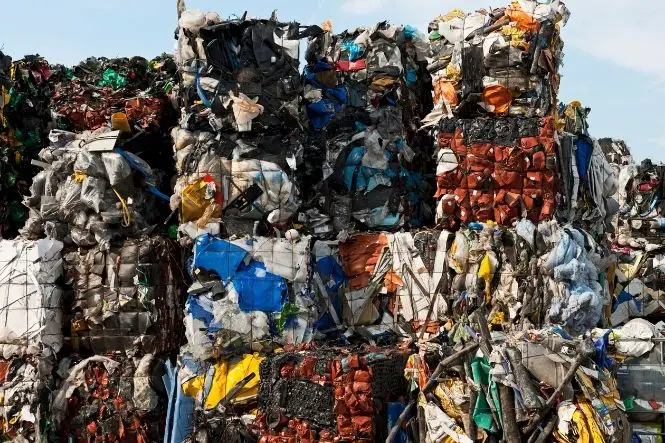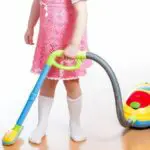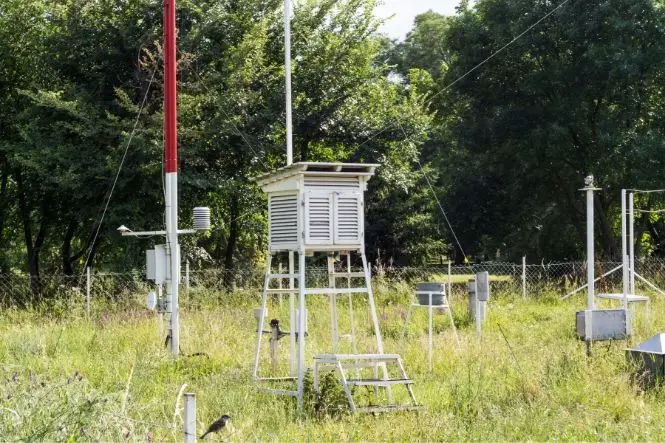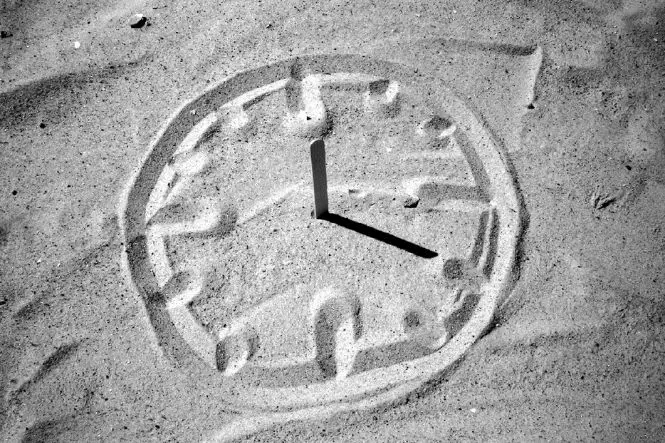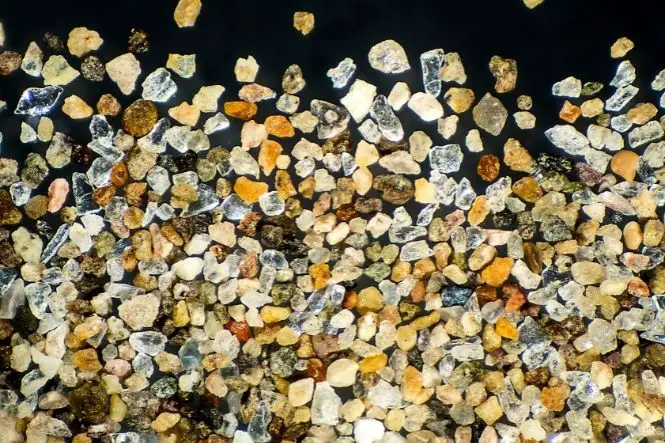Recycling is important because it saves energy and resources and reduces pollution, as well as creating jobs and keeping things out of landfill.
Table of Contents
Paper
Paper is made of wood fibres. Over their lifetime, a family of four will use the equivalent of six trees in paper. Recycling paper uses 70% less energy than making it from wood.
Try recycling paper by tearing a newspaper up into small pieces and soaking it in hot water for about ten minutes. Put it in a blender to make it into a paste. Make a loop of wire from a metal coat hanger, and cover it with the leg of a clean pair of old tights. Put the paste evenly over the surface and leave it to drain until water stops dripping through. Sandwich it between two pieces of kitchen roll and (carefully) iron it dry. Peel off the kitchen towels and take out the piece of recycled paper.
Paper can be recycled about seven times until the fibres get too short. Paper can also go in the compost bin, where bacteria break it down to make compost for the garden.
Metals
Metals are found naturally in rocks called ‘ore’, and are extracted (refined) from these using heat and chemicals. Recycling metals, such as aluminium drinks cans and steel food cans, uses much less energy – for example, recycling aluminium uses only 5% of the energy of refining it from its ore, bauxite. Aluminium is completely recyclable, can be melted and reformed again and again, and can go from old can to new can in only 6 weeks.
Plastics
Plastics are polymers (see ‘Making Polymers: Cornflour Slime and Silly Putty’) – they are made of units (monomers) of molecules that repeat to make chains, and the chains of molecules then cross-link with each other to make a solid. Plastics are either ‘thermoplastic’ (will melt) or ‘thermosets’ (won’t melt) – thermoplastic plastics are easier to recycle.
Plastics are made from oil, a non-renewable resource, so rather than leaving them in landfill, it would be better to recycle them. Plastic from things like carrier bags can also end up in the sea and be eaten by fish and sea animals such as turtles. However, plastic is one of the hardest things to recycle because there are so many different kinds of plastic.
Different plastics are marked with numbers to make them easier to recycle, and these can be recycled into different things – for example some companies make plastic coffee cups into rulers and pencils.
An example of a type of plastic is PET (polyethylene terephthalate), used to make clear plastic drinks bottles. PET can be melted and broken down into the original units (depolymerised), and new plastic made, perhaps more drinks bottles. PET bottles can also be made into fleece for jackets and blankets, and filling for duvets and sleeping bags.
Biodegradable plastics will break down in the ground or compost bin. Some plastics are made from organic materials such as cornstarch and break down completely; others are made from tiny particles of ordinary plastic held together with biodegradable linkers, so just break down into smaller pieces of plastic.
Glass
Glass is completely recyclable and can be recycled again and again. Glass will never decompose – museums have examples of ancient pieces of glass, and some rocks have natural glass in them, formed in volcanoes.

